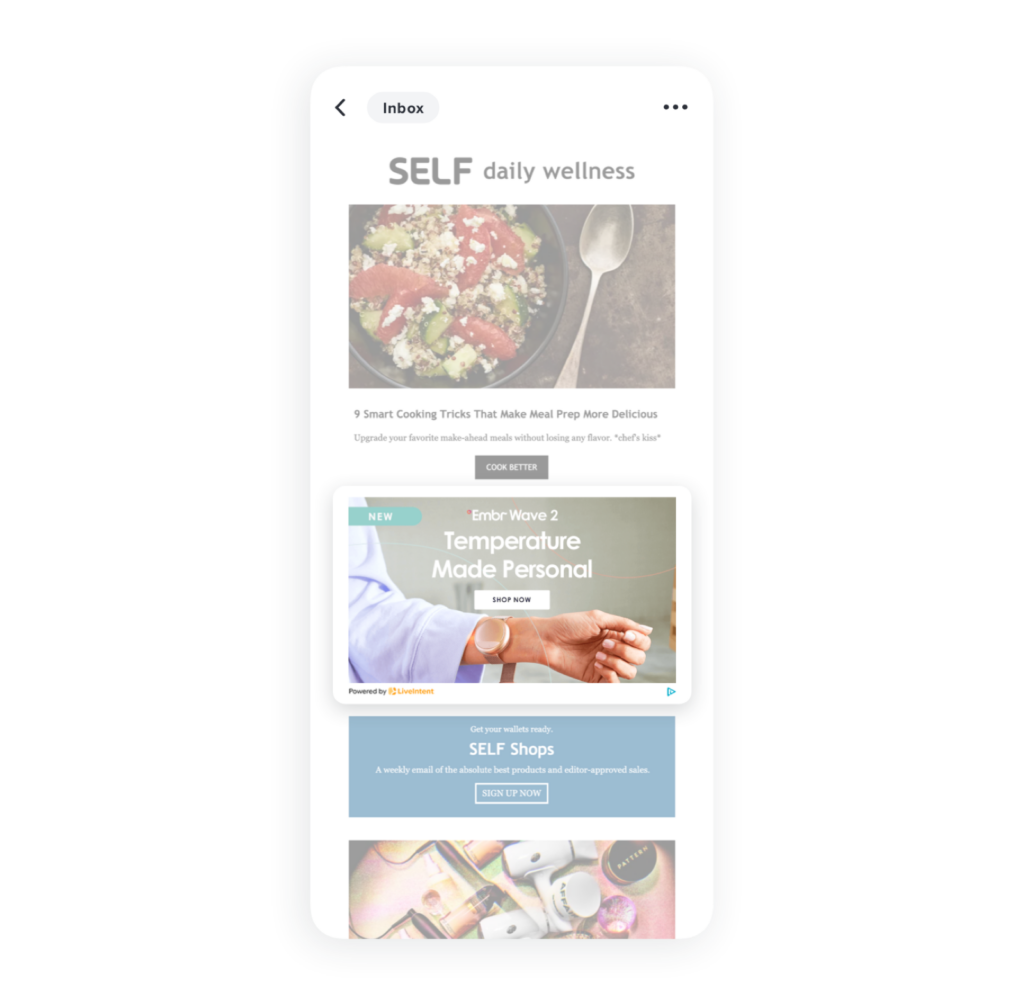How D2C healthcare marketers can stay flexible in 2021
With changing media costs and increased competition in the digital space – especially on oversaturated channels like Facebook – brands have to be extra smart about their investments and find more innovative solutions for driving engagement.
Healthcare marketers, in particular, have a big opportunity to diversify their marketing mix to educate customers about new telehealth services and prove their value during tough financial times.

SimpleHealth, a forward-thinking reproductive wellness organization, has been doing just that. As the brand’s marketing motto goes: “Semper Gumby,” or “always flexible.”
“In 2020, we were able to take advantage of really cost-effective and efficient media, but we’re starting to see the pendulum come back now,” said SimpleHealth’s SVP of marketing, Rico Macaraeg. “CMOs are looking at moving big dollars from traditional investments into digital channels, which has driven the cost of digital media up and made us all again do some tweaking and sharpening of that pencil in 2021.”
At the sharpened end of that pencil is a highly engaging channel that can help marketers reach customers directly and build relationships: email.
Here’s how email can help healthcare marketers stay flexible throughout 2021 and beyond.
It takes you beyond Facebook’s walled gardens
Facebook’s ad revenue may be increasing, but it’s not happening at the rate eMarketer predicted. While many big companies are shifting their traditional ad spend to digital channels, others are catching on to the downsides of increased social spend.
“There’s only one thing that’s going to happen,” said LiveIntent’s chief business officer Jason Oates in a recent fireside chat with Macaraeg. “CPM, CPC, and CPAs are going to go up. ROAS is going to go down. A lot of companies who had it really easy last year – D2Cs, retail companies – are going to be in some trouble this year if they don’t diversify.”
Email, for example, is more affordable and direct than Facebook. Unlike Facebook, it’s opt-in, addressable, and one-to-one with the consumers. It also gives brands access to their own first-party data, which will be invaluable with the upcoming death of the third-party cookie. By that time, brands will need first-party data to build and nurture their own audiences. And they can’t do that if their data is locked behind Facebook’s walled garden, never to be activated outside of that singular platform.
It can help drive conversions and revenue
For healthcare marketers that need to see concrete results from their campaigns, email delivers.
Just look at Embr Labs, the D2C company behind the Embr Wave, a bracelet that helps regulate people’s body temperatures. After launching early ads on Facebook and Google, the company realized that if it wanted to acquire new customers and scale, it had to diversify.

So it jumped into email. By running campaigns across LiveIntent’s network of email publishers, Embr Labs drove traffic to a content-rich landing page for its product. As a result, the brand saw almost 1,000 post-click conversions, a 183% ROAS, and a CPA that beat out its social campaigns.
It’s prime for performance marketing
Many healthcare marketers have to balance that fine line between educating consumers about their services – especially if they’ve shifted online – and reaching concrete KPIs.
That’s where one of the biggest benefits of email comes in: It’s a great channel for both content and performance marketing. SimpleHealth, in particular, has seen success with each strategy on email.
“We really work on: What are the barriers and pain points for [our customers], and how are we messaging to them so that we can support and deliver on all those things that he or she may need?” Macaraeg said. “When it comes to our performance and our growth, that’s where we get the most room to test and learn, and learn with our patients.”
This kind of flexibility will be invaluable as 2021 progresses, and even as we enter into 2022: the year Google promised to deactivate third-party cookies. Healthcare marketers who have already mastered agile channels like email are way ahead of the competition and prepared to grow with the ever-changing healthcare market.


